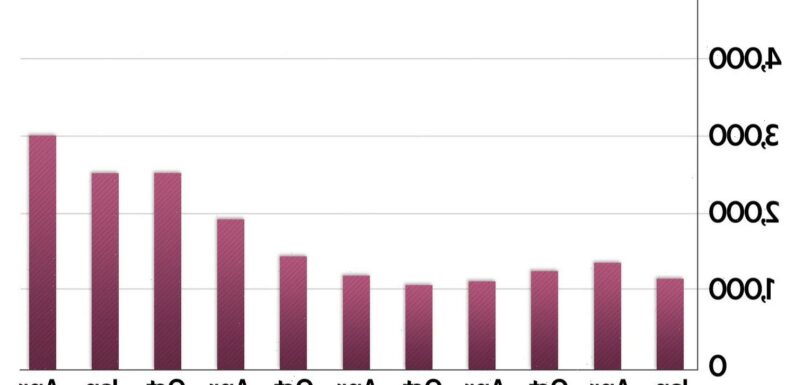
ENERGY bills will be capped at £3,000 from April next year,Chancellor Jeremy Hunt has announced.
The change will come into place when the current £2,500 Energy Price Guarantee (EPG) ends.
Energy bills were initially set to be frozen at £2,500 for the typical household for two years but the Chancellor announced last month that it would only be in place for six months.
Today, as part of the Autumn Budget, Mr Hunt announced that the new £3,000 limit will replace it in April 2023.
It will be in place until next year.
Mr Hunt said: "From April, we will continue the Energy Price Guarantee for a further 12 months at a higher level of £3,000 per year for the average household.
READ MORE IN MONEY
Energy bill help & benefit changes laid out but UK ALREADY in recession
Energy firms to be hit by extra windfall tax, Hunt announces in the Budget
"With prices forecast to remain elevated through next year, this will still mean an average of £500 support for every household."
The new guarantee will see the average household pay above the current £2,500 but less than regulator Ofgem’s cap of £4,000.
The Energy Price Guarantee applies to 24million customers on standard variable tariffs (SVTs).
It sees the Government limit the price suppliers can charge customers for units of gas, and replaces the price cap set by Ofgem.
Most read in Money
Millions on benefits and Universal Credit will get new one-off £900 payment
Millions of households get up to £1,350 cost of living help, Hunt says
I live in the middle of a roundabout – we love it and we’ll never move
Popeyes to open 20 new branches including drive-thrus – see new locations
But, you pay for how much energy you use, so your bill could be higher than £3,000 a year.
The news comes following fresh forecasts last week by energy analysts at Cornwall Insight who predicted that a typical yearly bill will cost £3,702 from April 2023 if the guarantee ended.
This is £600 less than was predicted last month.
Cornwall Insight’s April to June 2023 figures released on October 17 predicted the price cap to be £4,347.69.
Below, we explain more about what the EPG means for you, and how much you might expect to pay depending on the type of home you live in until April next year.
What is the energy price cap?
The energy price cap sets a limit on the unit price and standing charge that companies can bill their customers.
The cap is based on wholesale prices over a six-month period.
It was set to soar to £3,549 on average per year from October 1.
But the EPG replaces this – and at the moment bills are frozen at £2,500 for the typical household until April.
From April bills will now be capped at £3,000
It only means firms will be limited in what they charge customers.
You pay for how much energy you use, so your bill could be higher than £3,000 a year.
The price cap affects millions of people on default or standard tariffs offered by the country's energy providers, according to Ofgem estimations.
An increasing number of energy users are on the price cap as there are limited fixed deals left on the market.
Read More on The Sun
I use bags of rubble to stop neighbours taking my parking space – they hate it
Oodie fans scramble to get their hands on new outdoor hooded blanket
The price cap was originally set up in January 2019 by Ofgem, in a bid to limit how much providers can charge on default energy bills to spare Brits from being unfairly charged.
It has soared to eye-watering heights this year due to the energy crisis.
Source: Read Full Article








